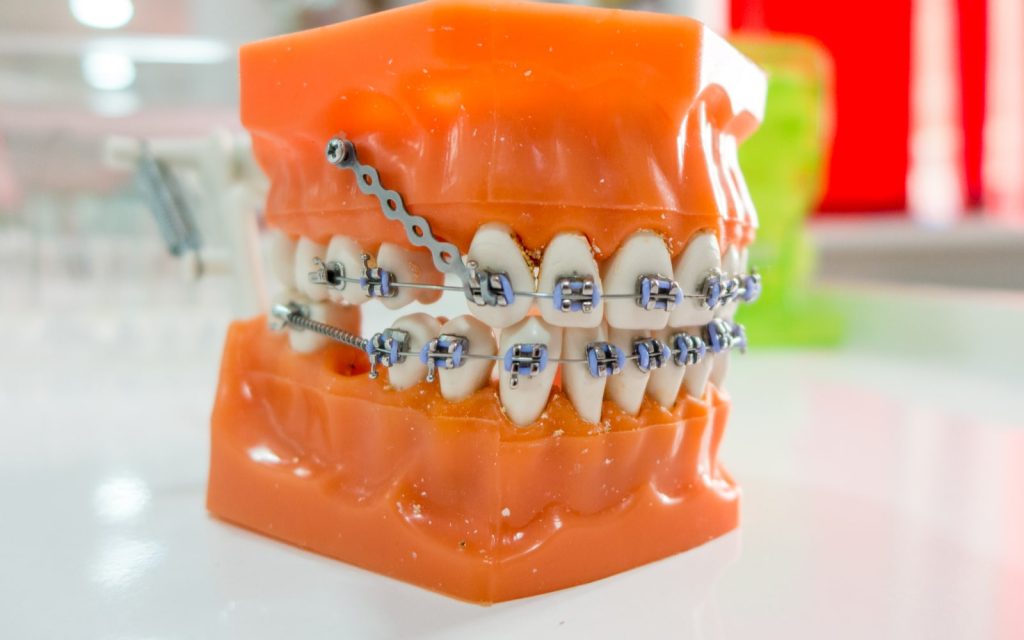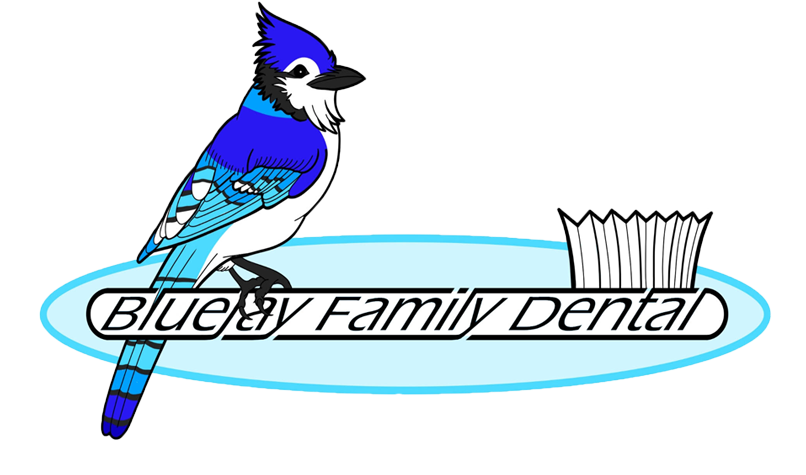
When we think of receiving orthodontic care, the first thing that comes to mind is braces. For those following recent orthodontic trends, clear aligners may also occur to them. However, the process of adjusting the position and placement of your teeth is a complex one. It’s essential that only the desired teeth get moved while the others remain in position. Accomplishing this requires being able to apply force to the correct teeth in precise ways, requiring solid anchor points. Orthodontic anchorage is a technique developed to make achieving this goal easier.
Using Anchorage In Orthodontic Care
Henry Albert Baker is the dentist credited with creating the first orthodontic anchorage. The approach he created was so successful it continues to be used today. It’s credited to him under the name “Baker’s Anchorage” and was the foundation of numerous forms of anchorage to come. Modern anchorages are sorted under a classification system that describes their placement, purpose, and the involved teeth. This system is broken down as follows:
- Site-Based Classification
- Intraoral – Anchorages situated within the oral cavity
- Extraoral – Anchorages secured to exterior supports such as headgear or masks. Occipital, combination, and cervical headgear fall under this category.
- Muscular – Described an anchorage secured in muscular tissue.
- Number of Treated Teeth
- Simple/Primary – Involving only a single tooth
- Compound – Involving two or more teeth
- Reinforced – Using multiple teeth or an additional anchorage as securing points. Muscular and extraoral anchorages are commonly employed in this way.
- Reciprocal – When two teeth are being equally adjusted towards each other.
- Stationary – When the tooth’s position is being adjusted, but not its angle.
- Space-Based Classification
- Group A – Teeth are being moved primarily to the rear
- Group B – Front and back teeth are being moved.
- Group C – Rear teeth are being moved forward
- Absolute Anchorage – Unlike the above anchorages, only forward teeth are being moved to the rear. No rear teeth are being adjusted.
These components of classification combine to describe the placement, method, number, and direction of teeth movement. In instances where implants are involved, another classification is used. Additionally, a specific form of classification exists for specific bone groups used as anchorages. In each of these cases, the end result remains consistent. Only those teeth that need to be adjusted to achieve the orthodontic goals of the patient and provider are moved. This is an essential part of ensuring the adjustment works correctly and without complication.
Your Orthodontic Specialist Can Answer Questions
One important reason for providing the above information is demonstrating the potential technical difficulty involved in safe and effective orthodontic care. Recent trends have shown patients moving to mail-order orthodontics and clear aligners. While these can be safe and effective in many cases, they lack the attention of an on-site orthodontic professional. There are important points to consider when designing your orthodontic treatment. Failure to address them and ensure only the necessary teeth are adjusted can lead to lasting complications. Reach out to your local orthodontic specialist for the best care.

